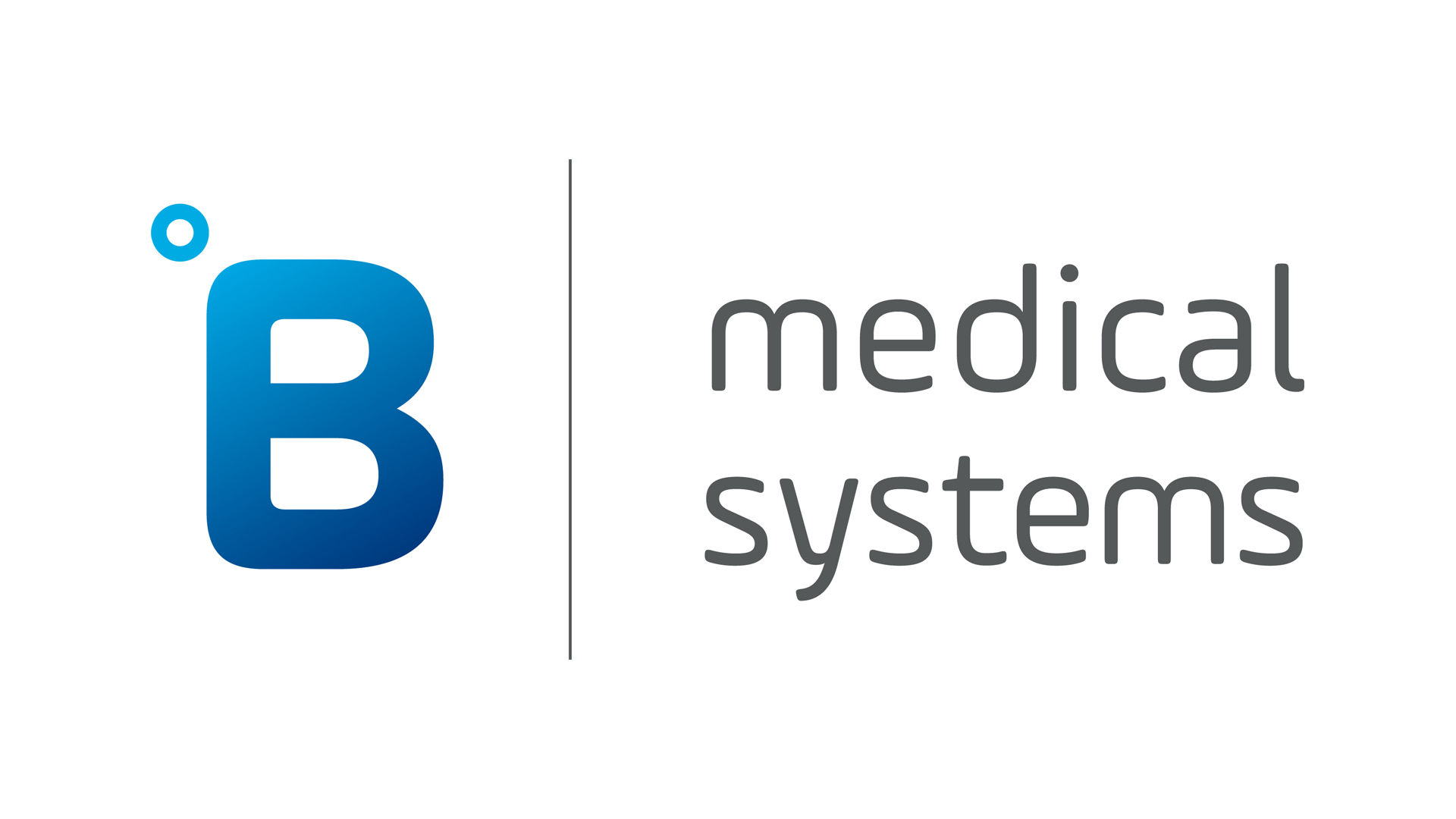
mRNA vaccine technology is broadening the scope of effective vaccine-based solutions that can mitigate the spread of harmful pathogens in infectious and non-infectious diseases.
For a long time, vaccines have been a key method for the prevention of a variety of diseases in communities worldwide. They have supported healthcare systems around the globe in reacting to epidemics and even pandemics, as evidenced during COVID-19, helping us to eradicate and reduce the spread of harmful pathogens such as the smallpox virus using mRNA vaccines.1
Conventional vaccines
Vaccines are defined as molecules or preparations which help stimulate the body’s immune response. Traditionally, vaccines are developed using the live or attenuated forms of pathogens and even though these vaccines can provide durable protection against a wide range of diseases, there are some major hurdles to their development. The production of these vaccines can take a long time, and, in some cases, they are unable to provide immunity against certain infectious pathogens which evade the immune response or mutate frequently. Since conventional approaches to vaccine development are not always effective against non-infectious diseases such as cancer, more potent and versatile vaccine platforms are required.
mRNA-based vaccines
Nucleic acid therapeutics rapidly emerged as a promising alternative to the conventional vaccine-production approach. It was in the early 1990s that the first evidence of in vitro transcribed messenger RNA (mRNA) was published, but only in the past decade – after a lot of technological research and innovation – have scientists found that mRNA could be a promising therapeutic tool in vaccine development. Messenger RNA, which is a type of RNA that is necessary for protein synthesis, was therefore used to create a new type of vaccine.
Messenger RNA vaccines work by injecting a piece of mRNA corresponding to a precise viral protein. Once the inoculated mRNA is integrated by a cell, the latter one starts creating the protein encoded by the new RNA in large quantities, which, in turn, stimulates the body’s immune response, teaching it how to identify and destroy the actual pathogen (should it present itself in the future) by producing antibodies against it. Moreover, these antibodies remain in the body and provide a rapid response in case of a real infection, therefore preventing the progression of the disease until more antibodies can be produced.
The development of such vaccines was not simple. Developing the injection element alone took around 30 years. The injected mRNA must travel through the bloodstream and reach its target cells without being identified as foreign pathogens and therefore triggering a violent immune reaction. Efficient mRNA delivery is critical to achieving therapeutic relevance, and it was ultimately achieved by using various approaches, such as loading mRNA molecules into cells or other carriers.
Advantages of mRNA vaccination
mRNA vaccines were found to have several benefits over conventional ones, which include:
- Safety: since these are non-infectious particles, there is no risk of infection. Moreover, mRNA is degraded after being translated inside the cell, so it does not persist in them;
• Efficacy: mRNA vaccines are very specific as they are designed to trigger an immune response only to one pathogen-specific protein; and
• Production: producing these vaccines can be rapid, inexpensive and scalable owing to high yields of possible in vitro transcription reactions.3
Currently, mRNA vaccines are being developed against challenging diseases and pathogens such as COVID-19, HIV, malaria, Epstein-Barr virus, and many more. Therapeutic cancer vaccines are also being considered a promising option for cancer immunotherapy. The technological advancement in mRNA-based vaccine structure, stability, and delivery methods has increased the scope for clinical trials and opened new possibilities. Most mRNA vaccines are still in trial, but many have shown high clinical efficacy.
The future of mRNA vaccines
Messenger RNA vaccines are becoming increasingly important and will be used more frequently in the future. However, they also pose significant challenges, particularly regarding storage and transport needs. Because of their complexity and often also fragility on a molecular level, these innovative vaccines require precise storage conditions such as temperatures as low as -80°C. For this reason, medical cold chain manufacturers, such as B Medical Systems, will play a pivotal role in distributing such vaccines, especially in countries where basic infrastructure is not always available. The company has a large portfolio of cold chain products that work on solar power and can also provide solutions to guarantee that vaccines will safely reach even remote destinations.
Furthermore, reliable cold chain solutions will also be required at the manufacturing level, as reagents, genetic material, and other biologicals also need to be stored at various temperatures. Laboratory refrigerators, freezers, and ultra-low freezers, such as the ones that B Medical Systems offers, will be a necessity; it will be critical to obtaining products that are sturdy, reliable, and also energy efficient.

Finally, remote temperature monitoring solutions, such as the °B Connected software or the Remote Monitoring Temperature Devices from B Medical Systems, will play an important role, enabling governments and organisations to reliably track the performance of their cold chain devices, but also whether vaccines stored inside have been exposed to dangerous adverse ambient conditions, which could quickly lead to their degradation. With monitoring services at their disposal, healthcare workers can ensure that all vaccines they administer to patients are safe and effective.
References
- Younger, D. S., Younger, A. P. & Guttmacher, S. Childhood vaccination: implications for global and domestic public health. Neurol. Clin. 34, 1035–1047 (2016).
- https://www.health.harvard.edu/blog/why-are-mrna-vaccines-so-exciting-2020121021599
- Pardi, N., Hogan, M., Porter, F. et al. mRNA vaccines — a new era in vaccinology. Nat Rev Drug Discov 17, 261–279 (2018). https://doi.org/10.1038/nrd.2017.243
- https://ouvry.com/en/what-are-the-differences-between-a-conventional-vaccine-and-a-messenger-rna-vaccine/
- Lee S, Ryu JH. Influenza Viruses: Innate Immunity and mRNA Vaccines. Front Immunol. 2021 Aug 31;12:710647. doi: 10.3389/fimmu.2021.710647. PMID: 34531860; PMCID: PMC8438292.
This article is from issue 25 of Health Europa Quarterly. Click here to get your free subscription today.

























